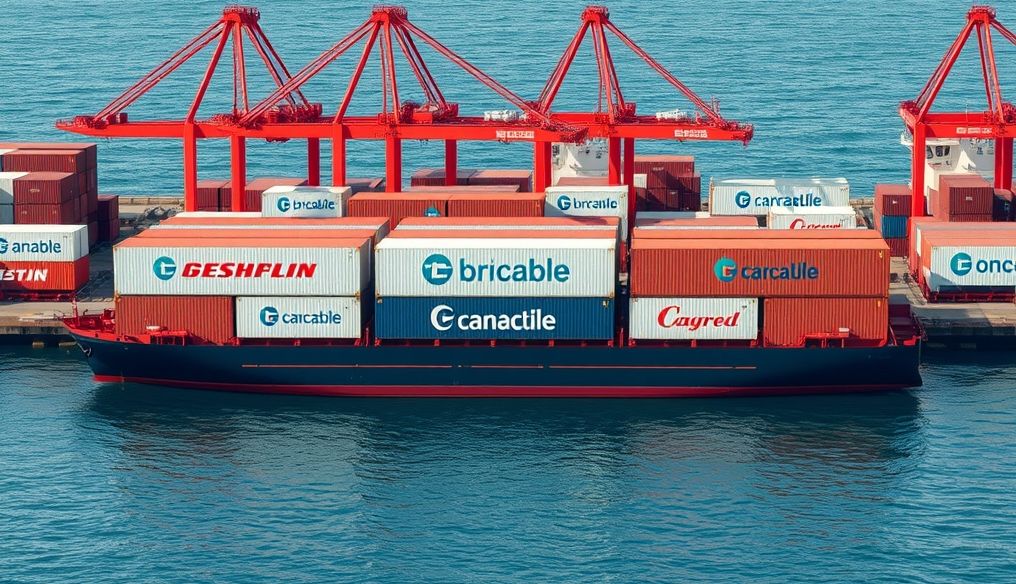This article explores the intricate intersection of US tariffs, global pharmaceutical trade, and India’s pharmaceutical manufacturing prowess. Readers will gain insights into how trade policies, market forces, and regulatory frameworks influence drug imports and exports, impacting global health and industry competitiveness. Our discussion connects evolving tariff strategies, market dynamics, and practical manufacturer approaches to resilience, linking to detailed analyses available on US tariffs and India’s pharma supply chains and pharmaceutical industry trade insights.
Navigating US Tariff Policies and Their Ripple Effects on Pharma Trade
Historical and Economic Dimensions of US Tariffs in Pharmaceuticals
The evolution of US tariff policies reveals a trajectory from straightforward revenue-generating mechanisms to multifaceted tools of economic and strategic policy, deeply influencing pharmaceutical trade. Initially designed to protect nascent domestic industries and fund government functions, early tariffs were relatively low and broad-based. However, the late 20th and early 21st centuries have seen an increasingly complex tariff landscape, reflecting geopolitical factors, domestic economic priorities, and the rise of protectionism.
Tariffs today are not merely fees on goods crossing borders but instruments shaping supply chain resilience, competitive positioning, and international partnerships. In pharmaceuticals, a sector characterized by intricate global sourcing and innovation-driven market dynamics, tariff shifts prompt rapid reevaluation of sourcing strategies and cost structures.
Types of Tariffs and Their Economic Functions in Pharma Trade
Understanding the varieties of tariffs applicable to pharmaceuticals is crucial for comprehending their impact:
- Ad Valorem Tariffs: Calculated as a percentage of the value of imported pharmaceutical goods, these tariffs increase the landed cost of medicines proportionally—significantly affecting high-value, patented drugs.
- Specific Tariffs: Fixed fees applied per unit or volume, often impacting generic drugs where price per unit is lower but volume imports are large, thus escalating costs especially in bulk API (Active Pharmaceutical Ingredients) shipments.
- Tariff Rate Quotas (TRQs): Allow a set volume of drugs to enter duty-free or at reduced rates, with tariffs rising sharply beyond quotas, thereby incentivizing import volumes control.
- Anti-dumping and Countervailing Duties: Imposed when imports are allegedly sold below fair market value or subsidized, these increase entry costs for foreign pharmaceutical products, often targeting countries like India or China.
Each tariff type plays a distinct role, shaping how companies source APIs, intermediates, and finished dosages, influencing not only costs but also the strategic geography of production.
Direct Impact on Drug Pricing and Global Sourcing Choices
Tariff-induced higher import costs directly translate into increased drug prices, affecting downstream stakeholders including healthcare providers, insurers, and patients. Manufacturers and distributors frequently respond by recalibrating their supply chains:
- Supplier Diversification: To mitigate tariff risks, companies explore new markets or re-weight procurement towards tariff-exempt countries, revising long-standing supplier relationships.
- Nearshoring or Reshoring Production: Some firms invest in domestic or nearshore manufacturing units to circumvent tariffs, improve supply chain security, and meet regulatory expectations.
- Vertical Integration: Companies may increase direct control over API manufacturing to reduce dependence on tariff-affected imports.
This continuous adaptation reshapes global trade flows, often diminishing the volume of pharmaceutical intermediary imports from traditionally dominant countries like India, while stimulating new investment regions.
Ripple Effects on Trade Volumes and Supply Chain Complexity
The imposition of tariffs often leads to immediate contractions in trade volume for affected pharmaceutical product categories. Administering and complying with tariff regimes also complicate logistics and procurement:
- Declines in Import Volumes: Higher costs discourage some imports, reducing product availability and slowing market entry for certain alternatives.
- Increased Compliance Costs: Firms face greater regulatory paperwork and customs procedures, impacting lead times and inventory management.
- Supply Disruptions: Sudden tariff hikes can cause short-term supply shocks, as manufacturers scramble to realign sourcing or adjust production schedules.
These complexities challenge the global pharma ecosystem’s capacity to maintain steady medicine supplies, urging more robust risk management practices.
Strategic Manufacturer Responses to Tariff-Driven Trade Barriers
Pharmaceutical manufacturers implement multiple strategic responses to navigate the shifting tariff landscape:
| Strategy | Description | Outcome |
|---|---|---|
| Supply Chain Diversification | Expanding or shifting sourcing beyond tariff-impacted countries | Improved risk mitigation but potential cost increases |
| Investment in Domestic Facilities | Building or scaling US-based manufacturing capabilities | Reduces tariff exposure; enhances control, but requires high capital |
| Customs Valuation Adjustment | Working with customs brokers to optimize declared values or classifications | Potential tariff minimization, though subject to regulatory scrutiny |
| Lobbying and Trade Negotiations | Engaging policymakers to amend tariff policies or seek exemptions | Possible favorable policy adjustments; lengthy timing |
These approaches demonstrate the agility required by manufacturers to maintain competitiveness and supply chain stability.
Pharmaceutical Sourcing Amid Evolving Trade Barriers
The pharmaceutical sector’s inherent complexities—long product development cycles, strict regulatory requirements, and expensive manufacturing technologies—intersect sharply with tariff challenges. Unlike other industries, shifting suppliers or production locations is far from straightforward.
- Regulatory Compliance: Any new manufacturing facility or supplier must meet rigorous US FDA standards, elongating timelines for sourcing diversification.
- Quality and Safety Considerations: Drug efficacy and safety dictate close supplier monitoring, limiting rapid changes in procurement even in the face of tariff pressure.
- Intellectual Property and Licensing: Patents and licensing agreements constrain production options, influencing where and how drugs can be manufactured.
Together, these factors slow the pharma industry’s adjustment to tariff impositions, creating lagged effects on global supply chains.
Wider Implications for Global Pharma Market Dynamics
US tariffs contribute to a dynamic global pharmaceutical market by influencing regional competitiveness and investment flows:
- Countries facing high tariffs, like India, experience pressure to renegotiate trade agreements or develop value-added manufacturing capabilities beyond API exports.
- Tariff-induced cost increases encourage multinational pharma companies to enhance supply chain transparency and resilience through technological adoption, such as blockchain and AI-driven analytics.
- Smaller generic producers may face increased barriers to export, altering competition and innovation landscapes in global markets.
Such shifts not only redefine economic relationships but also have tangible impacts on medicine availability and affordability worldwide.
For a deeper exploration of how evolving US tariffs intertwine with India’s pharmaceutical supply chains and the global market, consult this in-depth resource.
![keywordsArray[1] +](http://api-imageai.pyther.com/check-image/1757328729201_10756.jpg)
Conclusions
The interplay of US tariffs, global pharma market dynamics, and India’s manufacturing strength shapes the international drug trade dramatically. While tariffs impact costs and sourcing, regulatory and logistical factors often determine real market access and competitiveness. Strengthened supply chain strategies, cooperative regulations, and targeted policies are vital to ensuring affordable medicine access while supporting sustainable industry growth. Read more on strategic perspectives at US tariff influences and pharmaceutical industry insights.
Explore the cutting-edge in pharmaceutical supply chain management! Book your free trial and personalized demo today to experience seamless trade compliance and industry insights. Visit Free Trial and Request Demo now.

